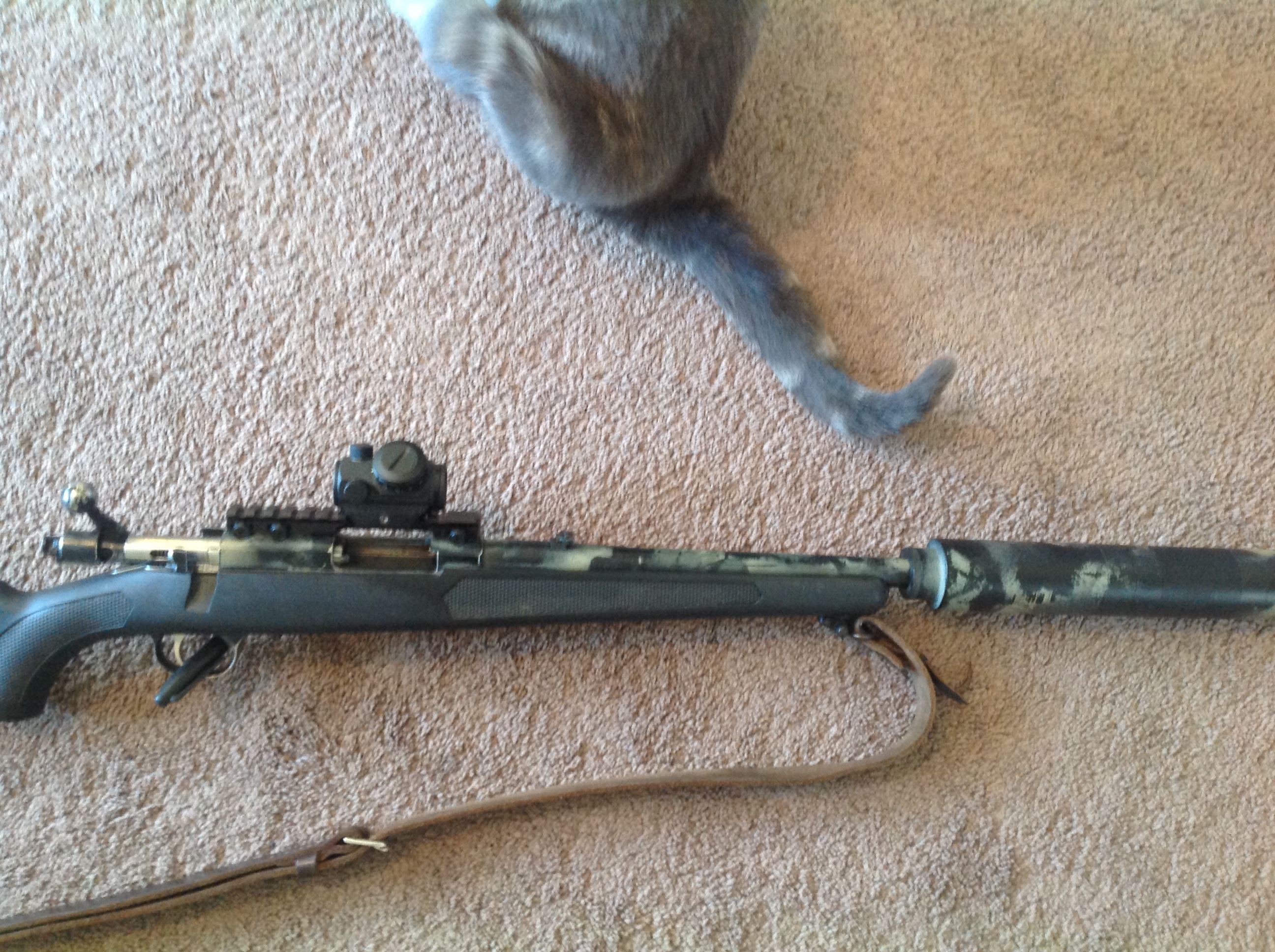I have acquired a painted rifle that im becoming quite fond of
I'm not a big camo paint look fan so I'm keen to get it off the barrelled action and dpt suppressor
Is there a go to product?
Looks like spray paint to my eye.

Welcome guest, is this your first visit? Create Account now to join.
Welcome to the NZ Hunting and Shooting Forums.
Search Forums
User Tag List
Results 1 to 15 of 20
Threaded View
-
03-01-2019, 10:37 AM #1Member

- Join Date
- May 2012
- Location
- Far North
- Posts
- 4,883
How to remove paint without damage
Similar Threads
-
Buck fighting damage
By Cowboy06 in forum HuntingReplies: 12Last Post: 02-05-2018, 03:20 PM -
Brass damage ?? Help
By pepper123 in forum Reloading and BallisticsReplies: 160Last Post: 04-06-2017, 08:53 PM -
Urchin track snow damage
By Tahr in forum HuntingReplies: 17Last Post: 18-09-2016, 07:17 PM -
Berger damage on fallow buck
By Bavarian_Hunter in forum Firearms, Optics and AccessoriesReplies: 2Last Post: 30-01-2014, 10:21 AM -
Long range kill damage
By Toby in forum HuntingReplies: 163Last Post: 13-10-2012, 09:11 PM
Tags for this Thread
Welcome to NZ Hunting and Shooting Forums! We see you're new here, or arn't logged in. Create an account, and Login for full access including our FREE BUY and SELL section Register NOW!!




 7Likes
7Likes LinkBack URL
LinkBack URL About LinkBacks
About LinkBacks




 Reply With Quote
Reply With Quote


Bookmarks